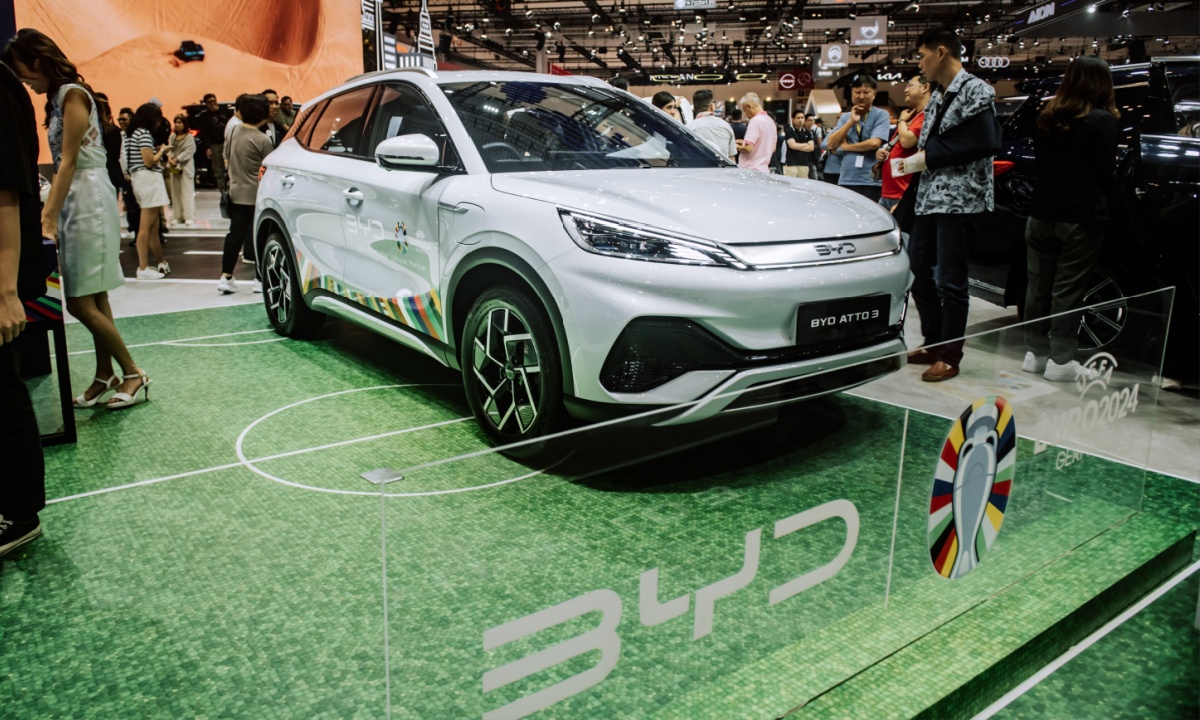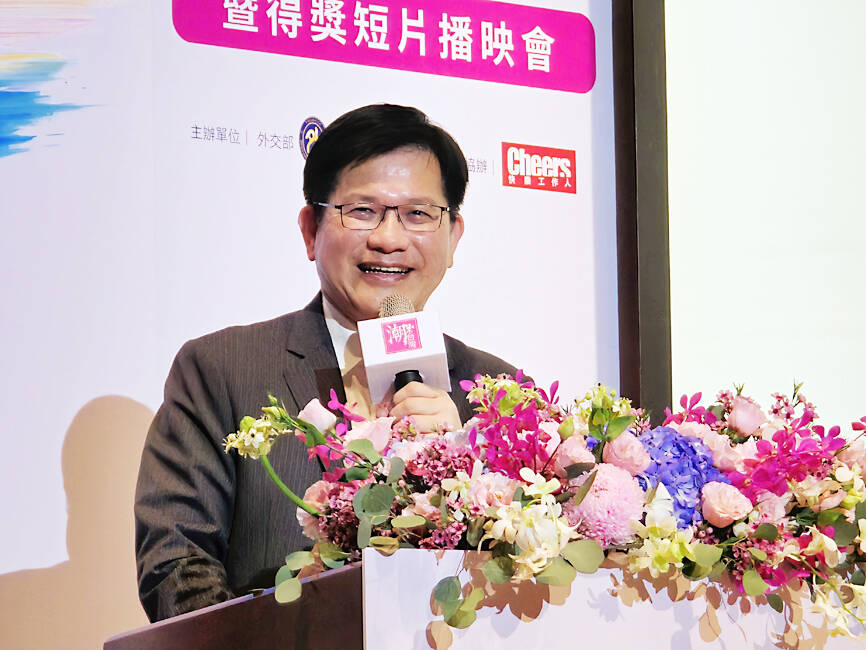Bussiness
Shifting Tides: European and North American EV Demand Drops as China Flourishes | PYMNTS.com

The electric vehicle (EV) market is turbulent. As governments reduce financial incentives, sales growth stagnates, and automakers are evaluating their investment strategies that anticipated a swift transition to electric.
What has caused this downturn, and what does it mean for the future of EVs?
While China’s EV sales grow, demand in Europe and North America is declining. According to Bloomberg, sales of electric and plug-in hybrid vehicles more than doubled in 2021 and grew by 62% in 2022. However, growth slowed to just 31% last year, largely driven by China, which accounted for 59% of global sales outside the commercial vehicle sector.
In Europe and the U.S., the EV market is contracting, according to Bloomberg. As of August, the market share for battery electric vehicles in Europe dropped to 14%, down from just over 15% the previous year, with Germany seeing a 69% decline in EV sales. J.D. Power projects that battery-powered vehicles will represent only 9% of U.S. sales this year, down from earlier estimates.
Factors Driving EV Adoption
Initially, early adopters were drawn to EVs due to advanced technology and eco-friendly benefits, according to Bloomberg, but the next wave of consumers is more price-sensitive and skeptical about EV infrastructure, particularly in the U.S., where charging stations are primarily located in urban areas.
In Europe, the removal of government subsidies has also affected sales, according to Bloomberg. On average, EVs are 30% more expensive in Europe and 27% more expensive in the U.S. than their gasoline counterparts. Although more affordable options exist, particularly from Chinese manufacturers, tariffs and other barriers are limiting their market entry in the West.
This slowdown has prompted traditional automakers to adjust their EV strategies. Companies like GM, Ford and Volkswagen are now targeting fewer EV sales by 2030 than they had previously forecasted. Ford has decreased its EV spending from 40% to 30% of its annual capital budget, while Volkswagen is considering factory closures in Germany.
Despite these challenges, the global transition to electric vehicles remains critical for addressing climate change and ensuring economic stability, according to Bloomberg. The downturn has already led to job cuts at companies like Northvolt, a European battery manufacturer.
BYD’s Technological Advantage
But BYD (Build Your Dreams), a leading Chinese EV manufacturer, is making strides. The company has committed to electric mobility since it ceased production of fuel vehicles in 2022. BYD’s focus on technological innovation, vertical integration, and a research and development strategy sets it apart from its competitors.
In an interview with PYMNTS, BYD emphasized its commitment to developing high-performance batteries. The company’s Blade Battery technology uses lithium iron phosphate, enhancing safety and energy density. BYD collaborates with global partners, such as Shell, to improve charging infrastructure, launching initiatives that will provide easier access to charging stations for EV users in China and Europe.
According to BYD, since 2003, “BYD has been unwavering in its dedication to new energy vehicles. … With over 20 years of experience in electric vehicle development, BYD has mastered core technologies such as batteries, motors and electronic controls. Its dedication to innovation is demonstrated by its team of over 10,000 R&D engineers and a significant portfolio of patents.”
BYD boasts core technologies across the entire EV industry chain, according to BYD, “and this comprehensive expertise enables better management of product quality and cost.”
What distinguishes BYD’s EV technology from other manufacturers’ battery performance and durability?
“In March 2020, BYD officially announced its self-developed product, the Blade Battery. Now all the BYD’s EVs come with Blade Batteries. This CTP (cell to pack) battery has an improvement of 50% in the volumetric energy density.”
Compared with ternary lithium batteries and cubic lithium iron phosphate batteries, it holds advantages in its safety, range, endurance, strength and power, according to BYD.
BYD Faces Product Recall
BYD has also faced challenges, recently recalling nearly 97,000 Dolphin and Yuan Plus EVs in China due to fire risk concerns.
“The batches and models recalled within the China mainland region do not pertain to markets outside of the China mainland region,” according to BYD.
The recalled Dolphin and Yuan Plus EVs were manufactured in China between November 2022 and December 2023, according to a statement from the State Administration for Market Regulation.
BYD’s passenger vehicles are in more than 90 countries and regions worldwide. Apart from its passenger vehicle business, BYD has delivered over 100,500 commercial vehicles globally, including more than 80,000 electric buses and over 25,000 trucks and special-purpose vehicles. These vehicles are operating in more than 400 cities across 70 countries and regions.
According to BYD, “BYD has leveraged its expertise in new energy solutions to create a zero-carbon industrial campus at its global headquarters in Shenzhen. The campus [features] photovoltaic (PV) systems, energy storage, new energy vehicles and rail transit. These initiatives have resulted in a significant reduction of 245,000 tons of CO2 equivalent emissions.
“BYD is making a tangible and positive impact on the environment, contributing to a more sustainable and cleaner world.”









